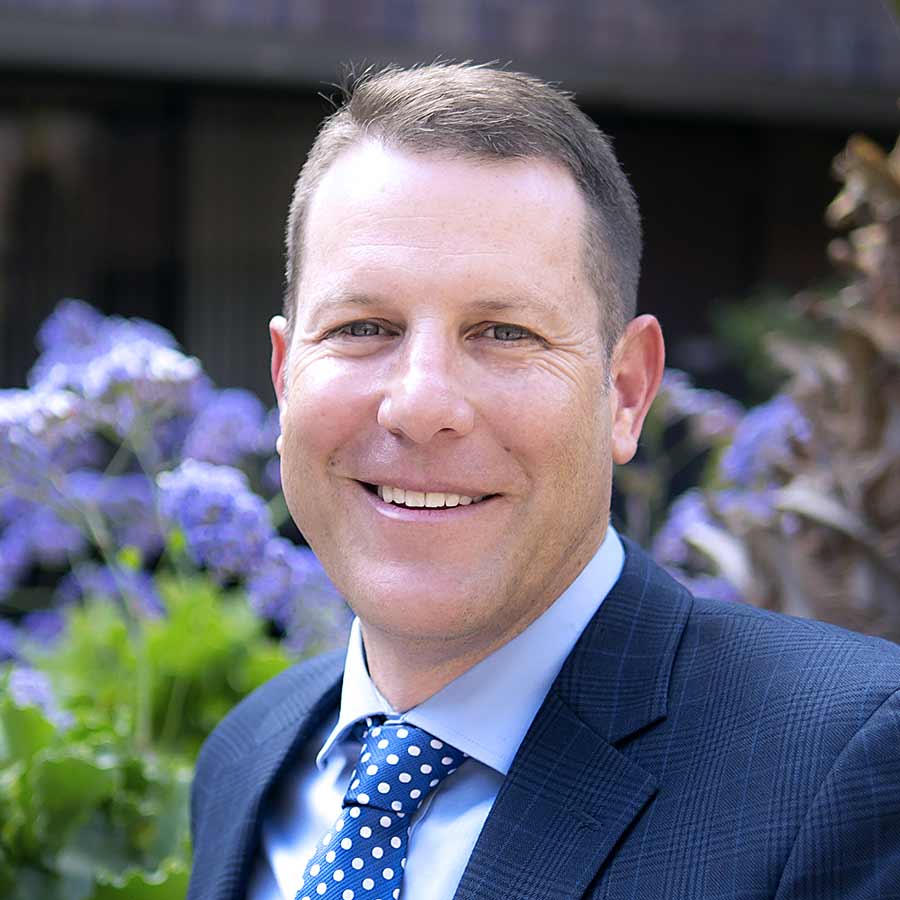By:
- Leslie Sepuka
Published Date
By:
- Leslie Sepuka
Share This:
Q&A with Associate Controller and Chief Procurement Officer, on Plans for a Safe Campus and Flexible Workforce

UC San Diego is making plans for a safe and gradual return to full campus operations this fall. To ensure the ongoing safety and well-being of everyone in our campus community, decisions will continue to be guided by the science, data and modeling that made the Return to Learn program a success.
This phased return also provides an opportunity to reimagine how we work going forward. In the spirit of continuous improvement, vice chancellors are thoughtfully considering how to best support the university’s mission, building upon what was learned over the past year and with valuable input from staff, faculty and students. In particular, each area of the university will look at new ways to deliver services while exploring opportunities to create a more flexible and equitable environment.
In this Q&A, part of an ongoing series, we spoke to Associate Controller and Chief Procurement Officer Ted Johnson about managing a hybrid workforce, how his team supports a safe campus environment and prioritizing communications and community for all staff.
Q. How did your team navigate the early days of the pandemic?
A. My first thought is gratitude toward the people who worked on campus throughout the pandemic, which is one-third of my portfolio. The facilities, logistics and mail teams needed to be on campus and work through a time of great uncertainty. Fortunately, we have been able to provide a safe work environment, but initially, people were concerned about safety, especially as this was all brand-new, and there was very little CDC guidance at the start.
Given that there were fewer faculty, students and staff on campus, these jobs were also the most vulnerable. We made sure to look for other work opportunities, for example, the operational aspects of the on-campus testing program were managed by my group, so that helped to preserve jobs. This is a great example of the flexibility everyone at UC San Diego has shown, as well as the care we have shown one another.
One challenge for me was to make sure to recognize staff when they felt they were being asked to take a bigger risk. It was important for me, as a leader, to show up, connect with people on campus, share information on safety measures and show appreciation.
Q. Your team includes staff working on campus and working remotely—what was your experience managing a hybrid workforce?
A. This was this the first time a large part of my staff worked remote (two-thirds) while another part worked on campus.
Our priority for the entire team was always to show a lot of appreciation, prioritize safety and share information. In the midst of uncertainty, it made sense to provide as much guidance as possible in real time. People needed information in different formats, too—it was not necessarily all emails and Zoom calls. We quickly realized the best way to get information to the team working on campus was to hold regular stand-up team meetings in person to share updates verbally and provide the opportunity for the team to ask questions and express concerns. We mobilized quickly, and there was a learning curve there, but a very successful one in learning how to communicate with our staff in a way that resonated with our team members. As a result, our team genuinely felt we were looking out for them.
For the entire team, we created weekly huddle sessions to share information and keep personal connections. I feel like we were close before, but we made an effort to keep people talking. This has been a difficult year for many beyond the pandemic, so we made sure to support our team with a weekly open forum, as an example, dedicated to discussing systemic racism, equity, diversity and inclusion.
Daily team meetings were implemented across the board and we still host open forums. For our team, it has been all about real-time information sharing and connectedness.
Q. Throughout the pandemic we heard about supply chain issues—did this impact the university?
A. Initially, the unknowns had an impact. For example, with the public health guidance changing regularly as more information about the virus was learned, we did find it difficult to order appropriate supplies.
That quickly changed, and our team was able to take a proactive approach to PPE and testing supplies, partnering with UC San Diego Health. Our campus is really unique, and fortunate, because we were able to benefit from an on-site warehouse where all supplies are delivered to a central location, stored and disbursed. This made it possible to order large quantities of supplies in advance for the campus and Health operations. We are one of the few campuses with this capability. Also, due to the integrated nature of our organization, Strategic Procurement and Logistics collaboratively monitor and coordinate PPE inventory weekly.
Q. Can you think of any specific lessons learned during the pandemic?
A. My staff is actively involved in the rollout of the financial information system. The ability to meet virtually through Zoom has allowed us to connect with people across campus more seamlessly. We have found it is very efficient and beneficial to use this channel to train people on the new system and connect with clients across campus.
Our team always prioritized communication and real-time information sharing, but this was paramount during the pandemic. A good example of that campus-wide was the regular Return to Learn town halls that were put in place to update the entire campus community, which will continue to evolve to share information post-pandemic and connect the community. Within my organization, we’ve tried different modes of communication including holding a Logistics town hall, weekly office hours, issuing a weekly digest, hosting a hot topics series and establishing an IPPS Advisory Committee.
Q. Each VC area is managing the phased return to campus—how does your team work with VC Ouillet?
A. As the designated VC project lead, I have a dual purpose that includes partnering with HR in ensuring the plan for VC Ouillet’s organization aligns with his approach and campus guidelines. In February, my team created an internal staff committee on the Return to Campus in order to hear a wide variety of opinions directly from staff. This committee worked on a proposal over several weeks, supported by external research, which was presented to department leadership. We tried to take an open-minded approach to this, recognizing that the nature of work and what we want to offer our staff is changing to something more flexible, and we also want to ensure we continue to foster our culture of collaboration.
Q. Do you have any words of wisdom for staffers returning to campus?
A. Our approach to building an organizational culture around communications and community had three main principles. First, leaders must understand their role is to deliver information to their teams. Second, opportunities must be created for people to connect, and this connection does not necessarily have to be about business. Third, empathy is important across the board, from leadership, with each other and for our clients. I think the campus has practiced this well during the pandemic, and I hope my team will continue to benefit from this approach.
Also, for people who are concerned about returning to campus, I can’t emphasize enough that people have been coming to campus to work and learn throughout the pandemic, and doing it safely. The hesitancy is understood, but our campus has history and experience in doing this in a safe way, and I hope people returning to campus take comfort in this success.
Share This:
Stay in the Know
Keep up with all the latest from UC San Diego. Subscribe to the newsletter today.



